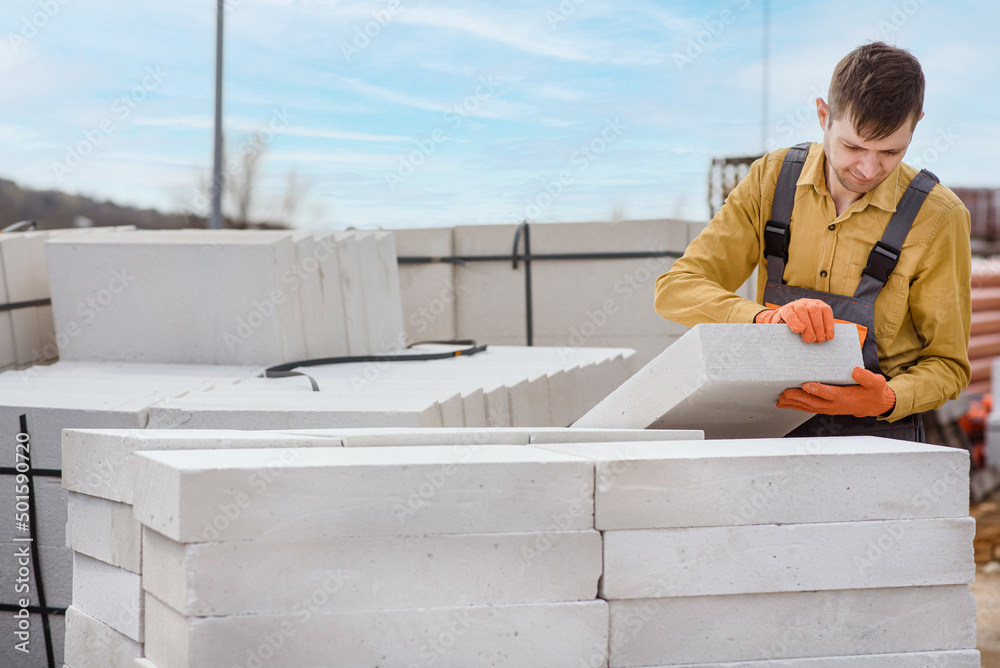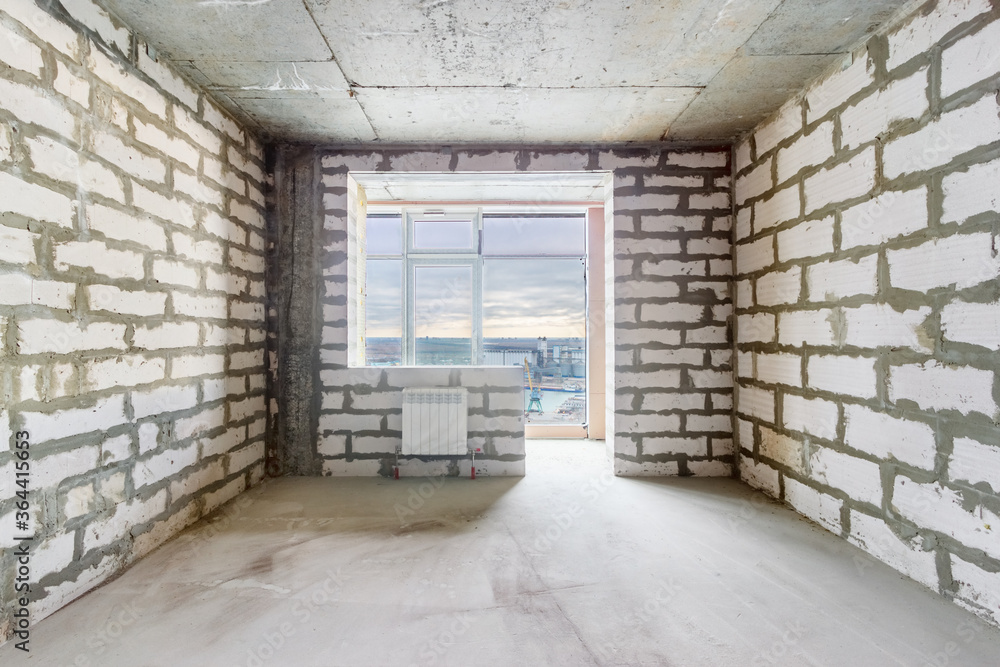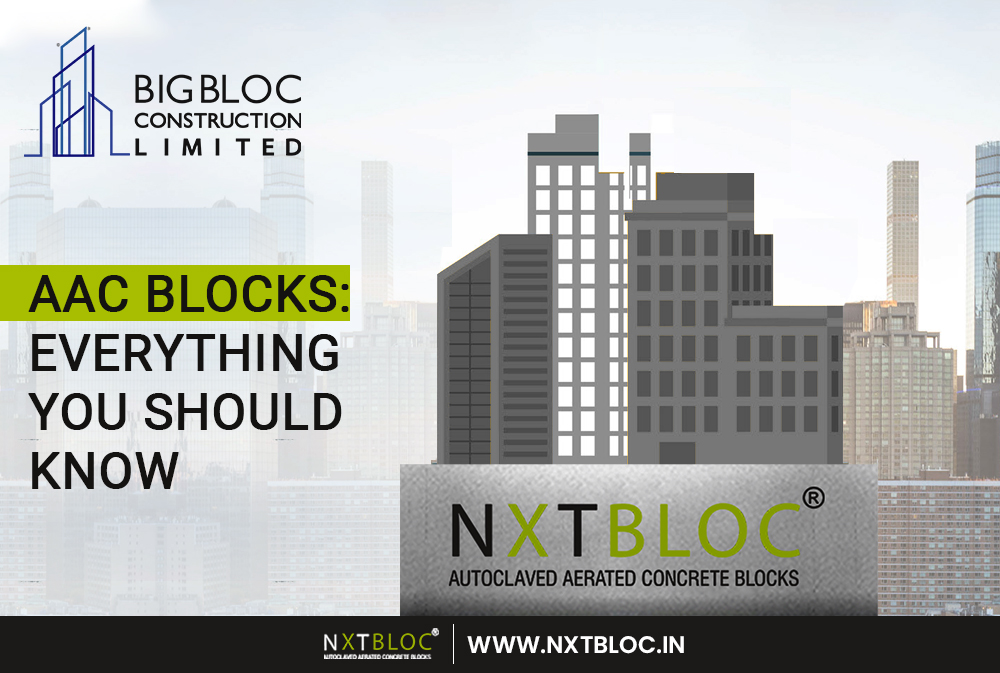Introduction
By choosing eco-friendly building materials to construct your dream home, you might just save money on total construction costs while simultaneously benefiting the environment. Autoclaved aerated concrete blocks (AAC blocks or bricks), a cutting-edge building material used globally, are regarded more preferable to other traditional materials that offer environmental consequences, such as burnt clay bricks.

AAC blocks, also known as autoclaved aerated concrete blocks, are lightweight and sustainable building materials.
The benefits of AAC blocks as a cost-effective and ecologically friendly alternative to traditional building materials are becoming increasingly popular in India. In this article, we address AAC blocks, as well as their advantages and disadvantages for home construction.
AAC Block Definition
Foam concrete precast AAC blocks are a green building material made of quartz sand, calcined gypsum, lime, portland cement, water, and aluminium powder. After mixing and moulding, the concrete is autoclaved under heat and pressure to give it its unique properties. AAC bricks are in high demand due to their exceptional strength, load-bearing, and thermal insulating characteristics.
AAC blocks can be used to construct both interior and outdoor structures. Siding materials such as veneer brick, vinyl siding, or gypsum may be used on the blocks.

The Benefits of AAC Blocks
Since AAC blocks are created from natural resources, they are extremely durable, dependable, and eco-friendly building components. AAC blocks can provide 20% more resilience than standard blocks. The following are some of its benefits:
Lightweight:
AAC blocks are lighter and stronger than regular bricks and concrete.
Affordable:
It is less expensive than other available building materials. Because of the low cost of production, AAC blocks are likewise inexpensive to purchase.
Eco-friendly:
Because these blocks are created from natural resources, they are eco-friendly and easy to recycle, resulting in less overall waste.
Energy Efficiency:
Because AAC blocks have lesser thermal conductivity than conventional materials, they transfer less heat from one side to the other.
Moisture Absorption:
Because these blocks are constructed of natural materials, they can absorb moisture and reduce humidity in the space.
Sound Insulation:
They provide a better level of sound insulation than standard building materials.
Fast Construction:
Construction is completed more quickly and easily thanks to the reduced weight of AAC blocks, which makes them easier to transport. These bricks are also simpler to build with and pile. These blocks are available from the top suppliers of building supplies.
Earthquake Resistant:
AAC blocks have a much better level of protection during earthquakes. They have a good vibration barrier as well. They are a smart decision for areas that are prone to earthquakes.
Low Maintenance:
There is no maintenance need for AAC blocks. Additionally, these blocks can be employed to improve fire resistance during interior and exterior construction.
Conclusion
In summary, it can be stated that autoclaved aerated concrete is a unique modern product. It is without a doubt the most appreciated product due to its high level of efficiency, environmental friendliness, and durability. Additionally, we should choose AAC blocks and act as responsible members of society.
Concerning NXTBloc’s AAC Blocks
One of India’s biggest producers of AAC blocks and building materials is The BigBloc Construction Limited. As a green product for the construction industry, the company manufactures excellent quality AAC blocks under the brand name NXTBLOC.
The Company has consistently acted in accordance with its commitment to developing green building goods and services with the ultimate goal of assisting the Construction and Infrastructure Sector in creating eco-friendly and durable habitations.
